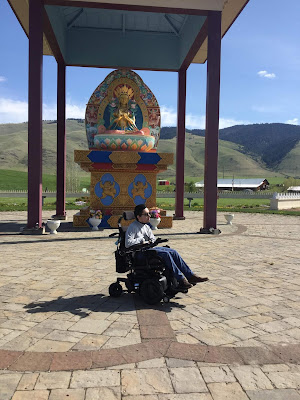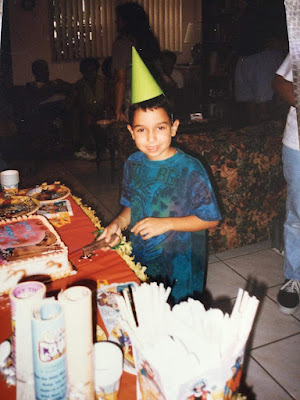ESSAY BY HEIDI JOHNSON-WRIGHT
I
was referred to Dr. P, an anesthesiologist, in yet another attempt to find a
solution.
A pleasant, unassuming man, he made no guarantees but promised to do
his very best to help.
In a three week period, I went to him twice.
Both times,
I lie prone in an out-patient O.R. suite, while Dr. P. and his team looked into
my pelvis and groin with a fluoroscope.
Using a nerve stimulator, he located
the place to inject me.
The whole process took less than 30 minutes and hurt
less than a flu shot.
Within
two weeks of the second injection, I returned to swimming twice a week.
I was
able to increase my walking to multiple 100 feet treks each day.
And the worst
of the blasted pain was gone.
It’s
been nearly 18 months since my surgery.
I have very nearly reached my goal to
return to the same level of activity I was capable of prior to getting a new
hip and femur.
Make no mistake: my sciatic nerve still occasionally lets me
know that it can be a very nasty SOB.
But I have gotten my life back.
And there
are still so many bullrings to explore.
Heidi Johnson-Wright is
an attorney and ADA
professional. She lives with her husband in the Little Havana neighborhood of
Miami, FL.



















